Lollipop machinery is a cornerstone of modern candy production—without it, the vibrant, uniform, and safe lollipops we enjoy would be nearly impossible to produce at scale. Below, we explore the many reasons these machines are so vital, weaving together technical insights, operational benefits, and a glimpse at how machinery shapes both creativity and consistency in confectionery.
Efficiency and Scale
1.1 From Handcrafted to High Volume
Manual Limitations: In a purely artisanal setting, each lollipop must be poured, shaped, cooled, and attached to its stick by hand. Even a skilled candy maker might struggle to produce more than a few hundred pops per day.
Machine Advantage: A mid-range rotary lollipop machine can produce thousands of units per hour. Industrial injection models can push that figure into the tens of thousands per hour. This leap in output transforms candy production from a small-batch pursuit into a high-volume industry.
Table 1: Manual vs. Machine Production Capacity
| Production Mode | Output (approx. per hour) | Main Bottleneck |
|---|---|---|
| Hand-Pouring | 50 – 200 | Operator fatigue, inconsistent timing |
| Static Machine | 200 – 500 | Cooling time & manual stick insertion |
| Rotary Machine | 500 – 1,500 | Mold changeover & airflow cooling |
| Injection Machine | 1,000 – 5,000+ | Initial mold setup & tool change-over |
2. Consistency and Quality Control
2.1 Uniform Shape & Size
Precision Molds are engineered to exact tolerances (often ±0.5 mm).
Automated Dispensing uses calibrated nozzles or pistons to deliver identical volumes of molten candy, ensuring each pop has the same thickness and diameter.
2.2 Flavor, Color, and Texture Harmony
Temperature Control: Machines maintain precise candy temperatures (typically around 148 °C/300 °F) throughout the cooking and molding process. That consistency prevents unwanted sugar crystallization or “bloom” (white speckling).
Vacuum or Closed-Loop Systems: In higher-end models, a closed cooking loop prevents moisture fluctuations, ensuring flavorings and colors disperse evenly.
2.3 Built-in Quality Checks
Integrated Sensors: Many modern machines include:
Infrared or Laser Thermometers that continuously monitor candy temperature.
Flow-Rate Sensors that detect blockages in nozzles.
Photo Eyes (optical sensors) to confirm stick placement and detect missing or misaligned pieces.
When a defect is detected, the machine can automatically reject that unit—avoiding entire batches being off-color or uneven.
3. Hygiene and Food Safety
3.1 Closed, Sanitary Environments
Stainless-Steel Surfaces: Key contact points are made from food-grade stainless steel, which is easy to sanitize and resists corrosion.
Minimal Human Contact: Once a recipe is loaded and molds are set, operators rarely need to touch the candy. This dramatically reduces the risk of contamination.
3.2 Easy Cleaning Protocols
Quick-Release Molds: Many machines feature tool-less mold removal. Operators can lift out entire mold plates, rinse under warm water, and sanitize in minutes.
CIP (Clean-In-Place) Options: In large facilities, CIP systems pump cleaning solution through the candy-cooking lines at the end of each shift—cleaning piping, kettles, and nozzles without disassembly.
3.3 Regulatory Compliance
FDA & EU Standards: Machines are designed to meet strict food safety regulations—everything from material specifications to sanitation procedures.
Digital Record-Keeping: Production logs often record cooking temperatures, cleaning cycles, and batch codes, making audits transparent and traceable.
Stay tuned for our upcoming article.


 ENG
ENG
 English
English 中文简体
中文简体 русский
русский Français
Français Español
Español عربى
عربى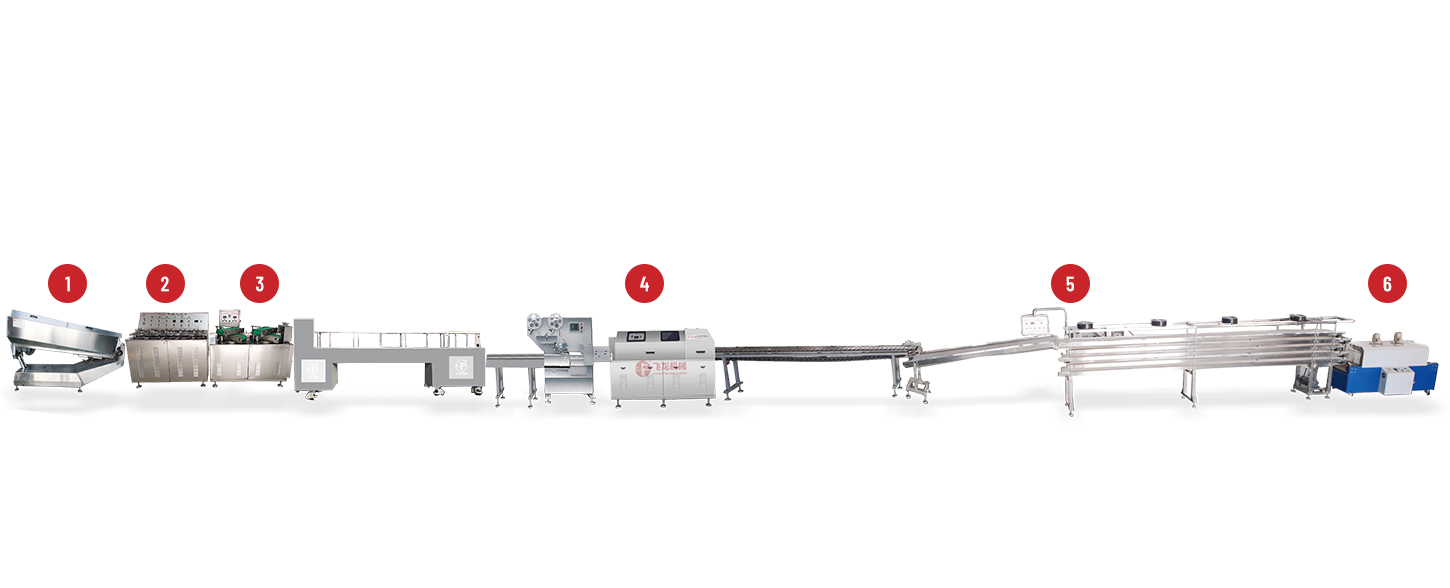
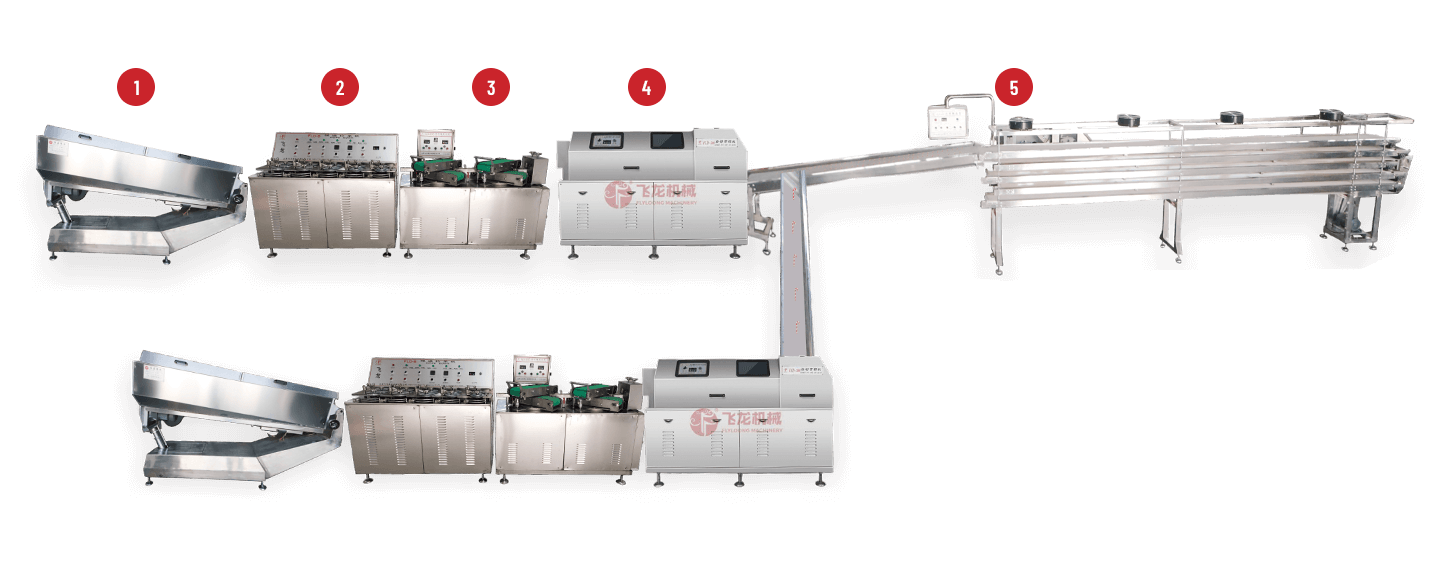
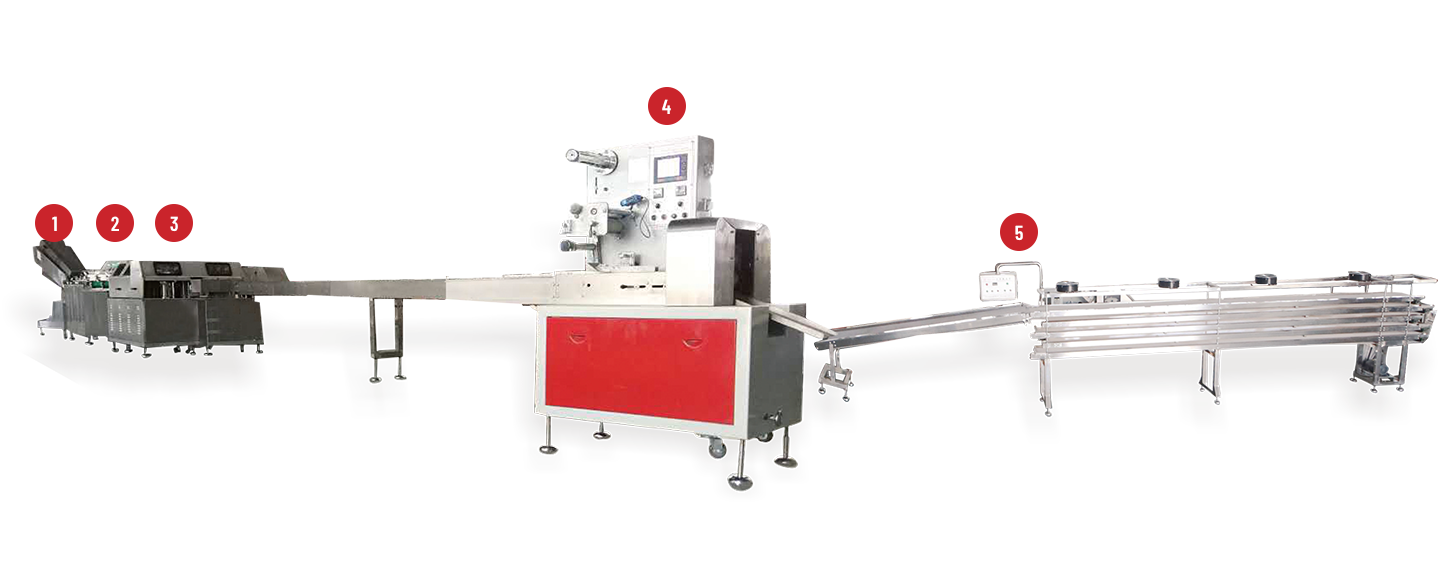
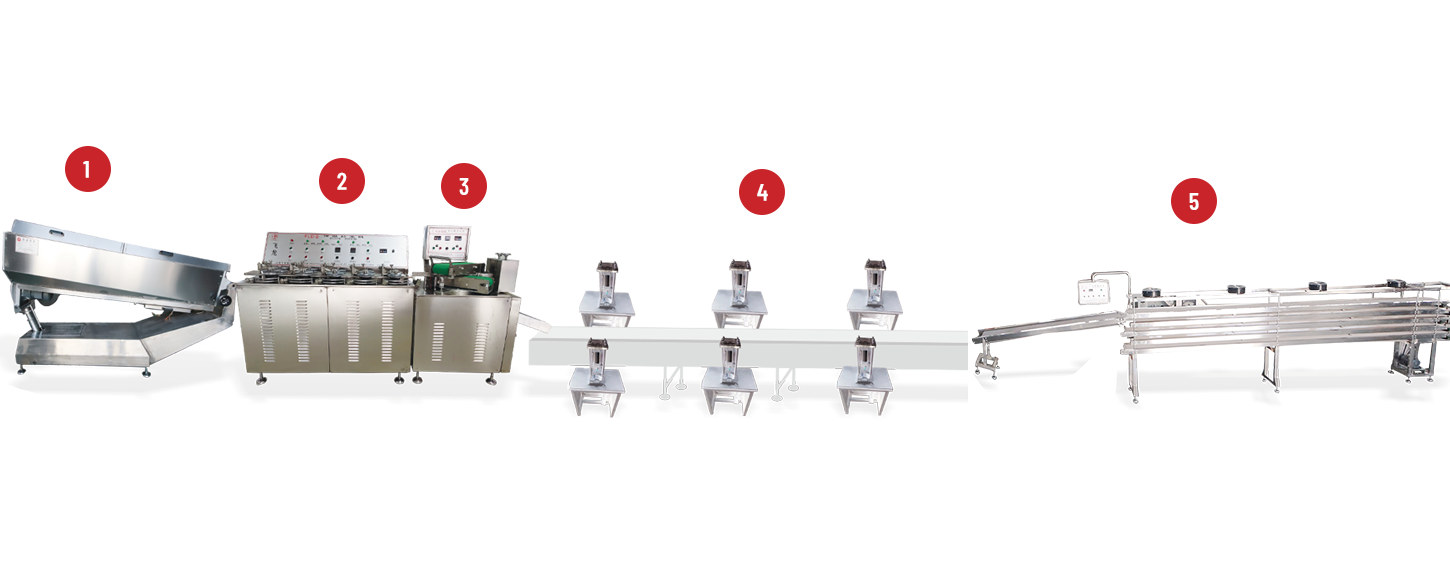
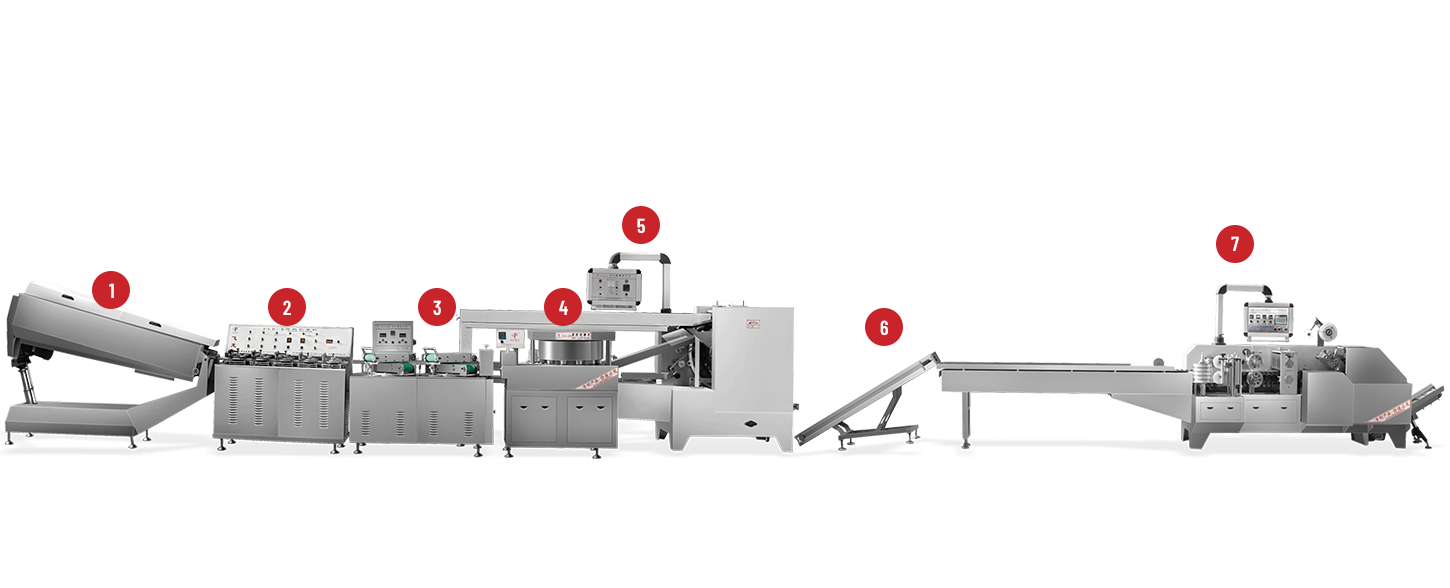
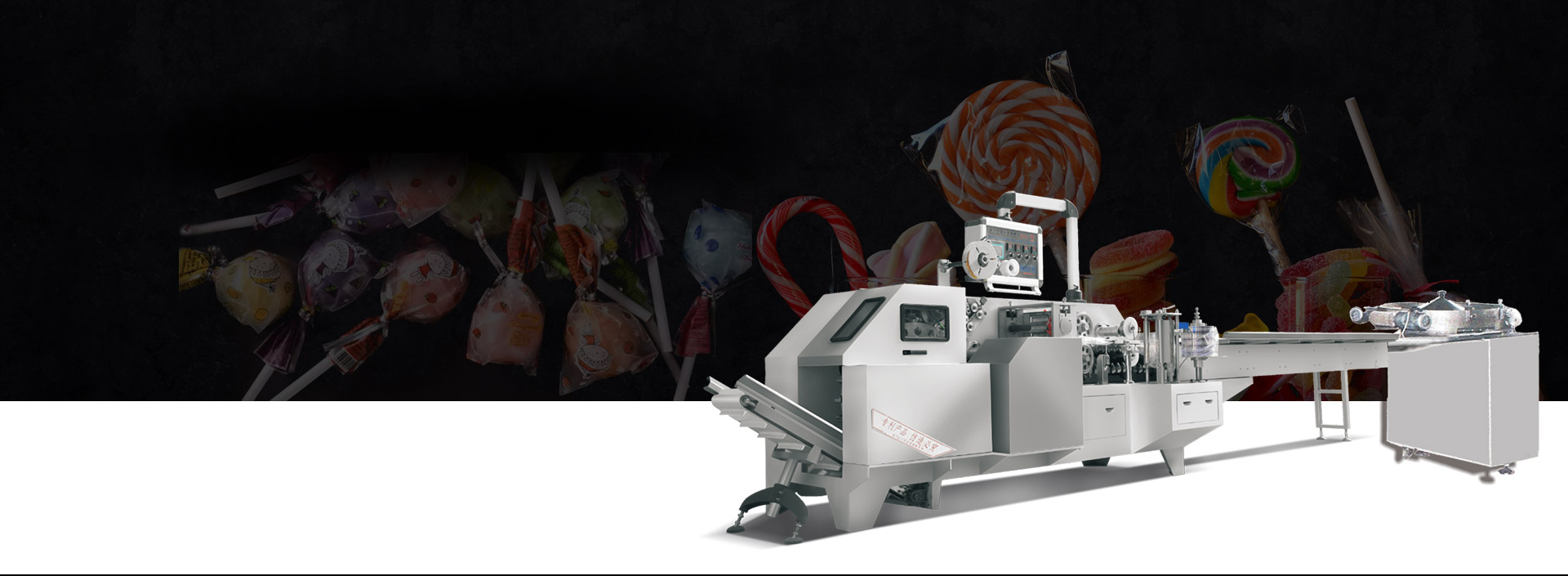
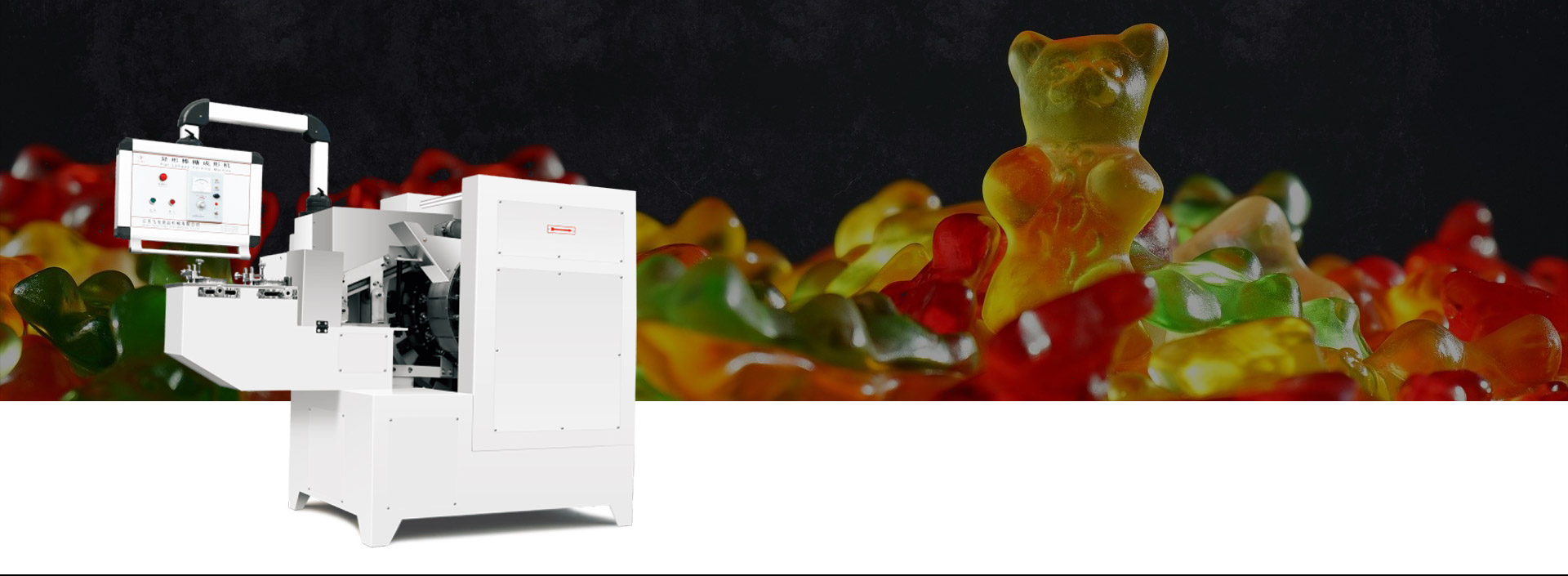
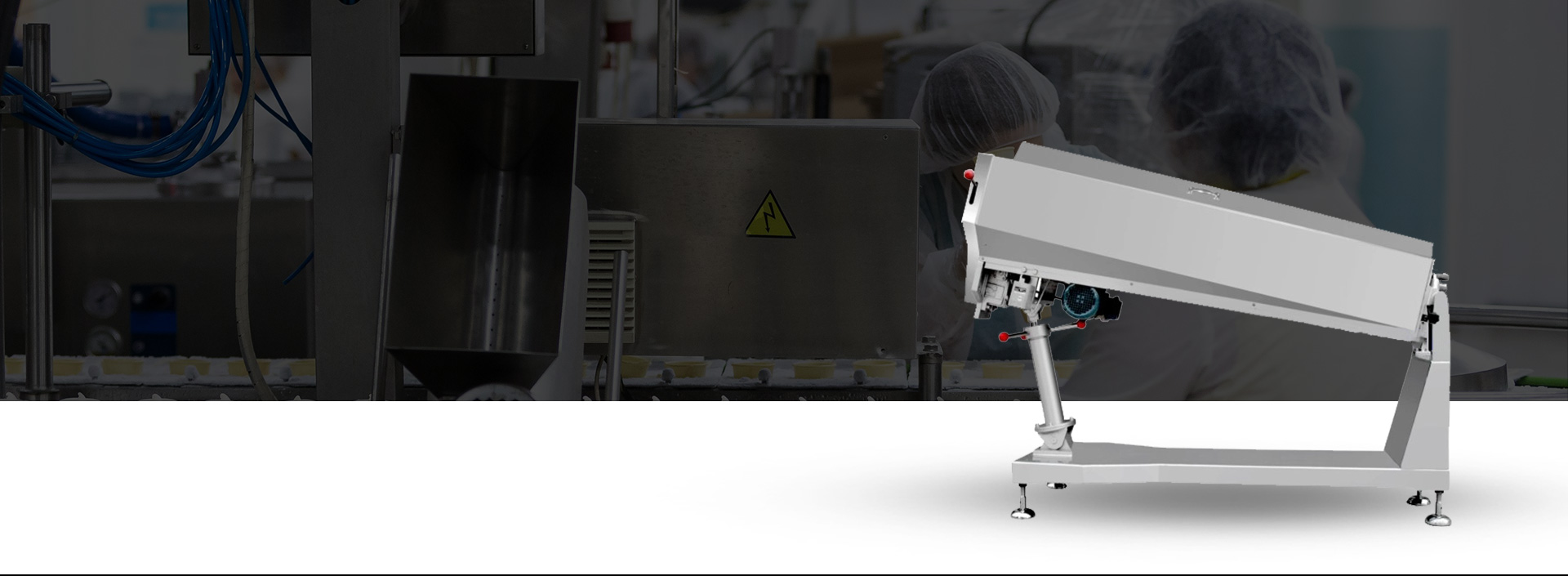
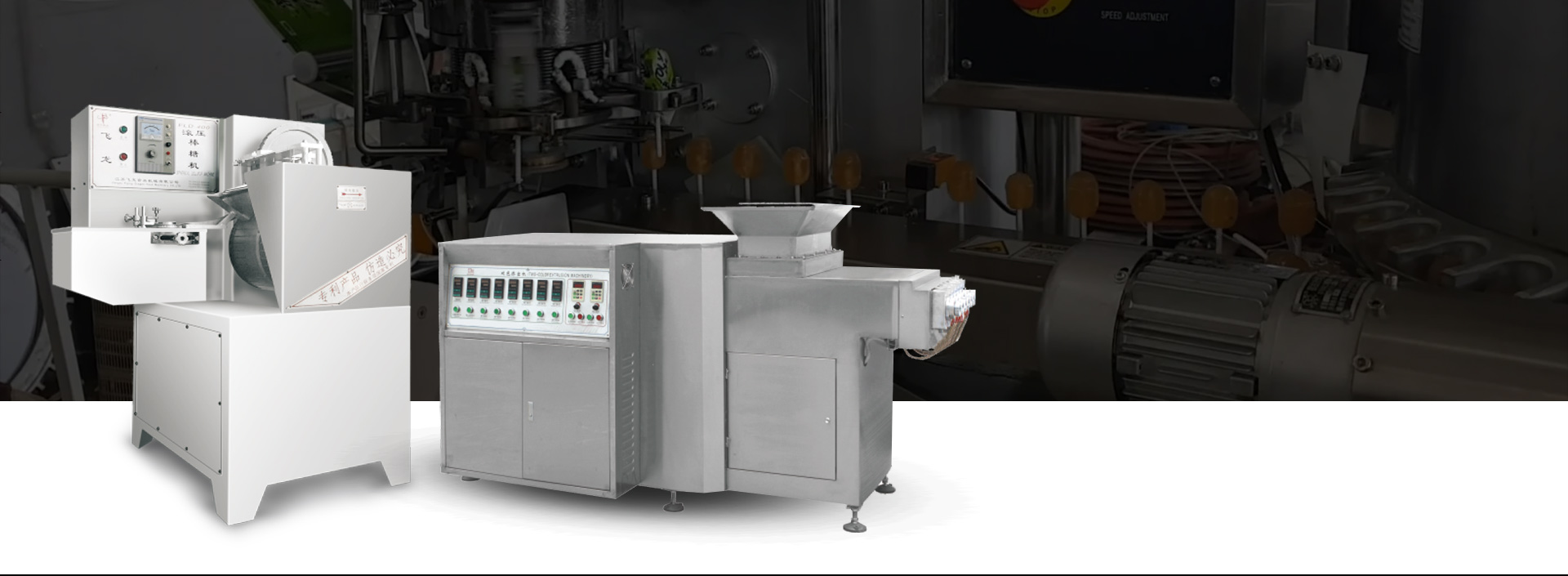
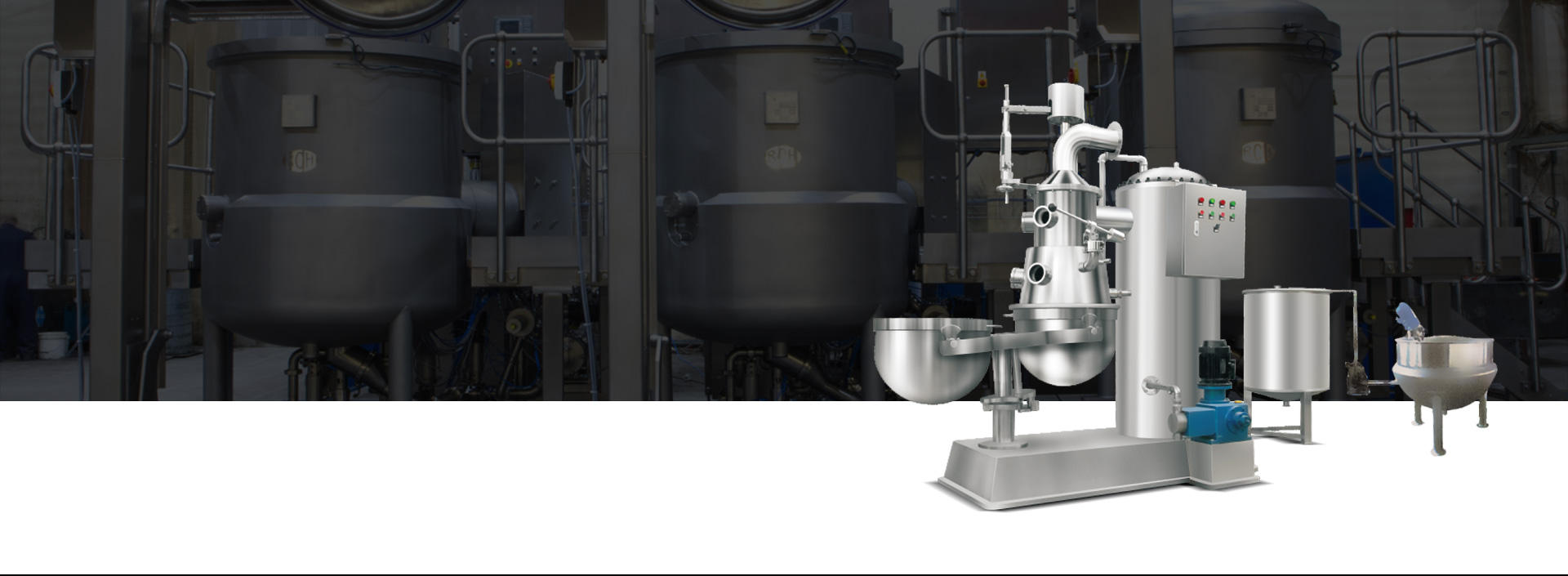

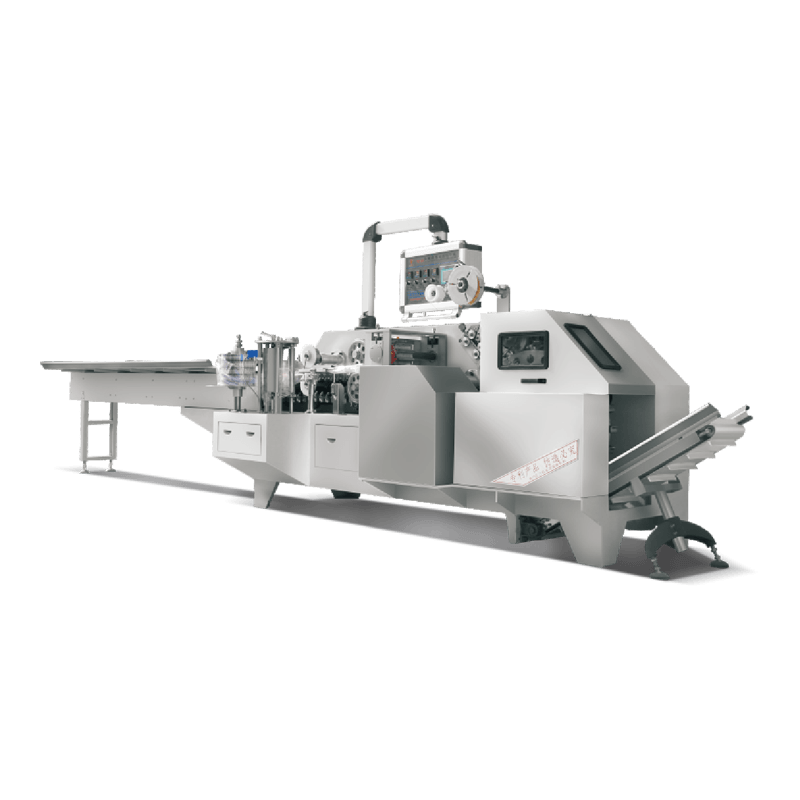
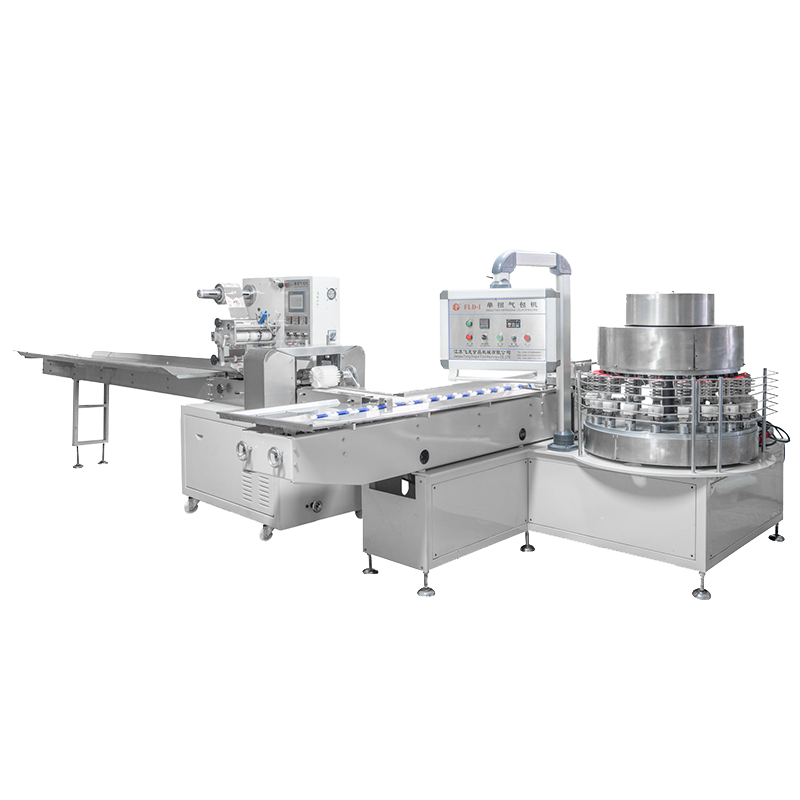
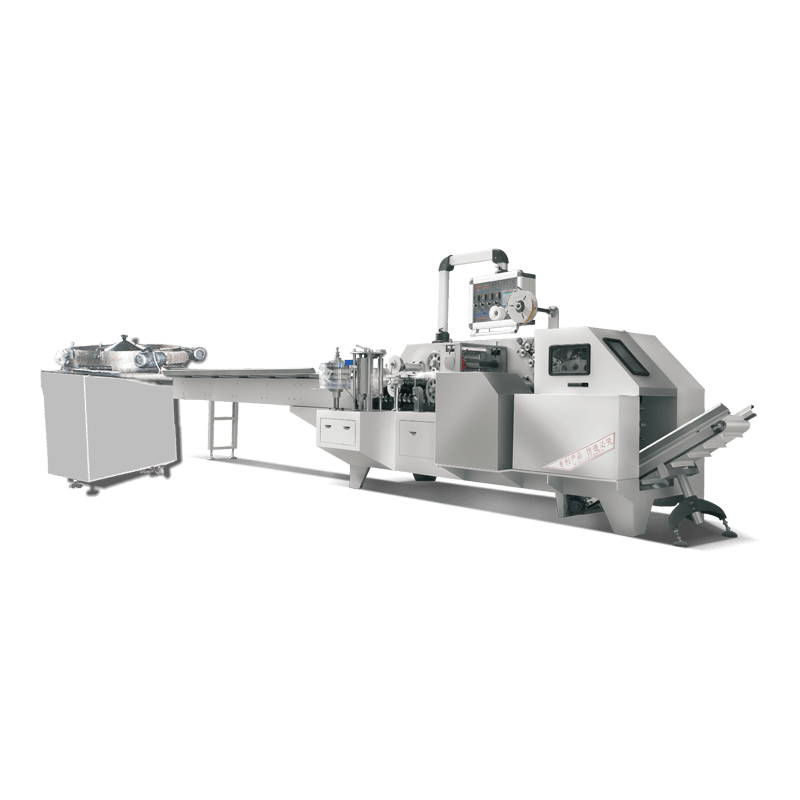
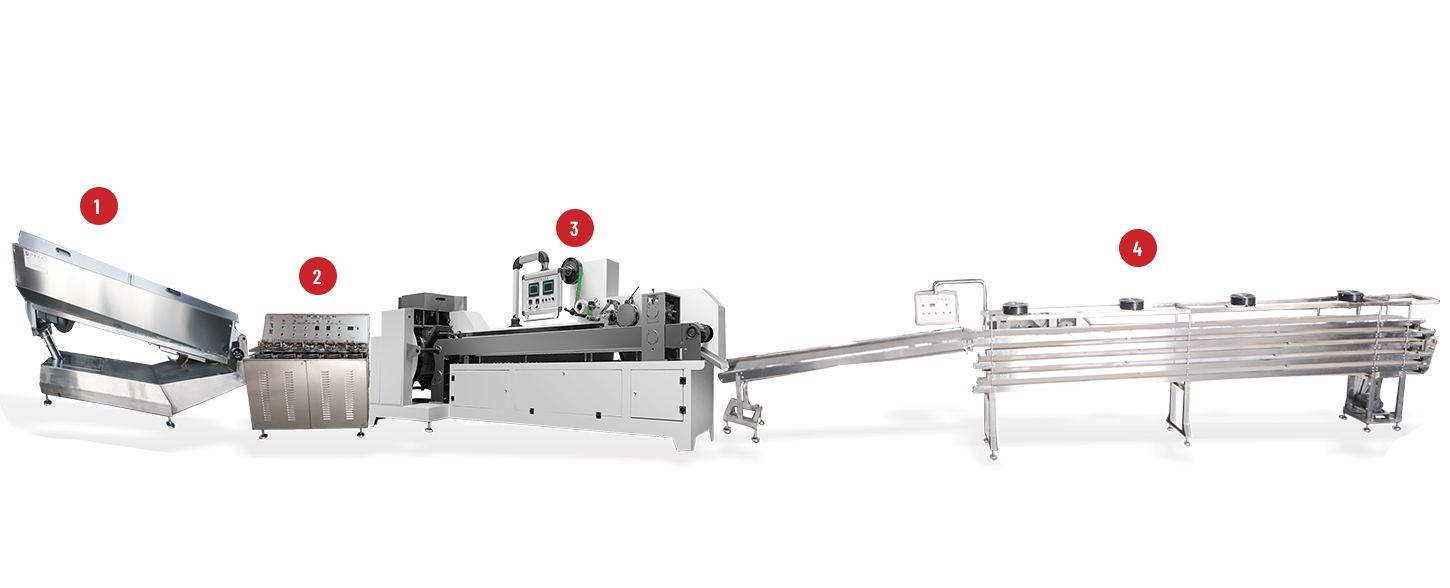
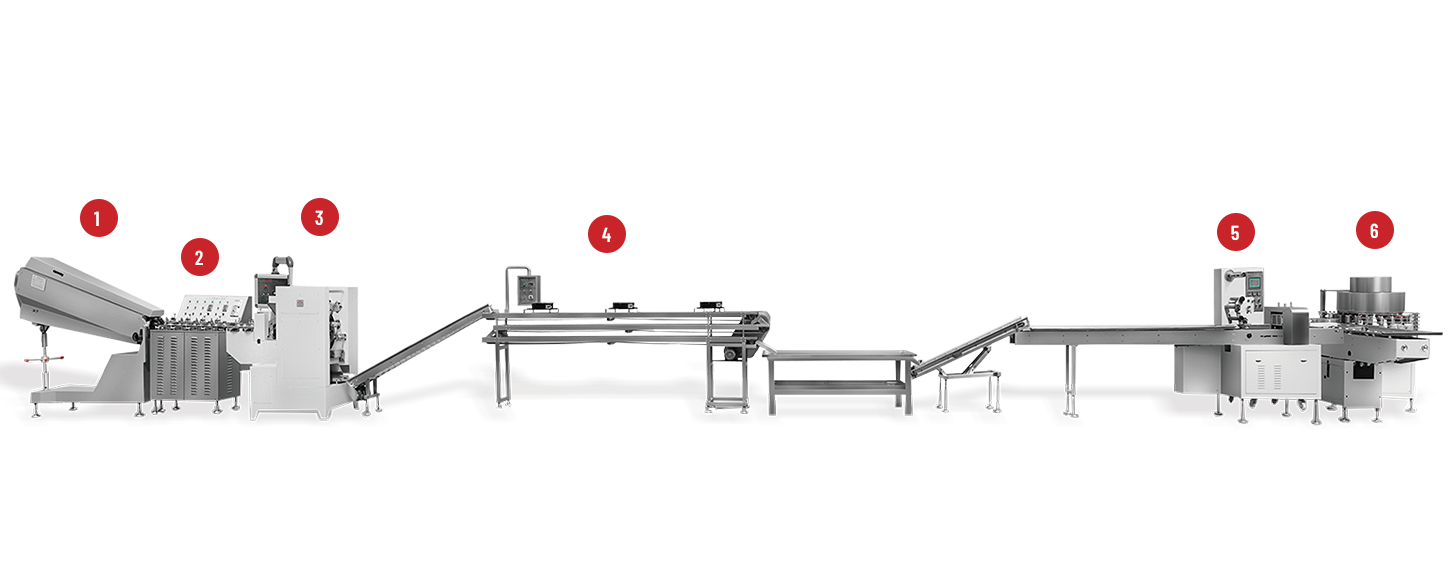
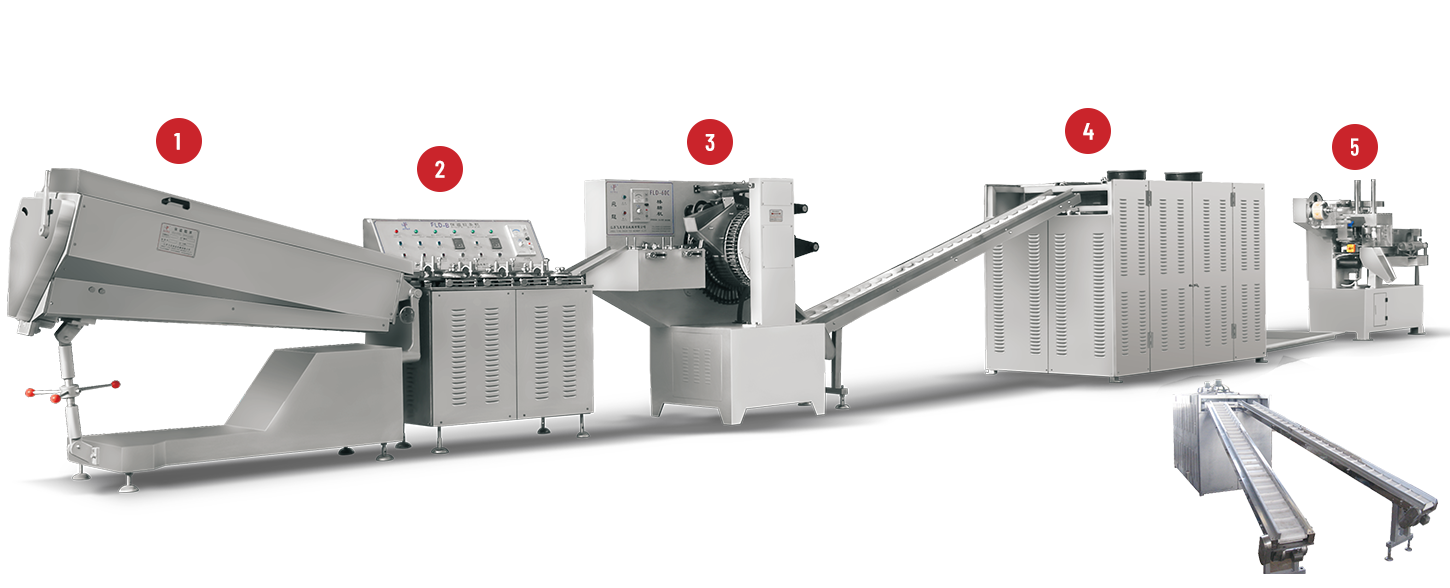
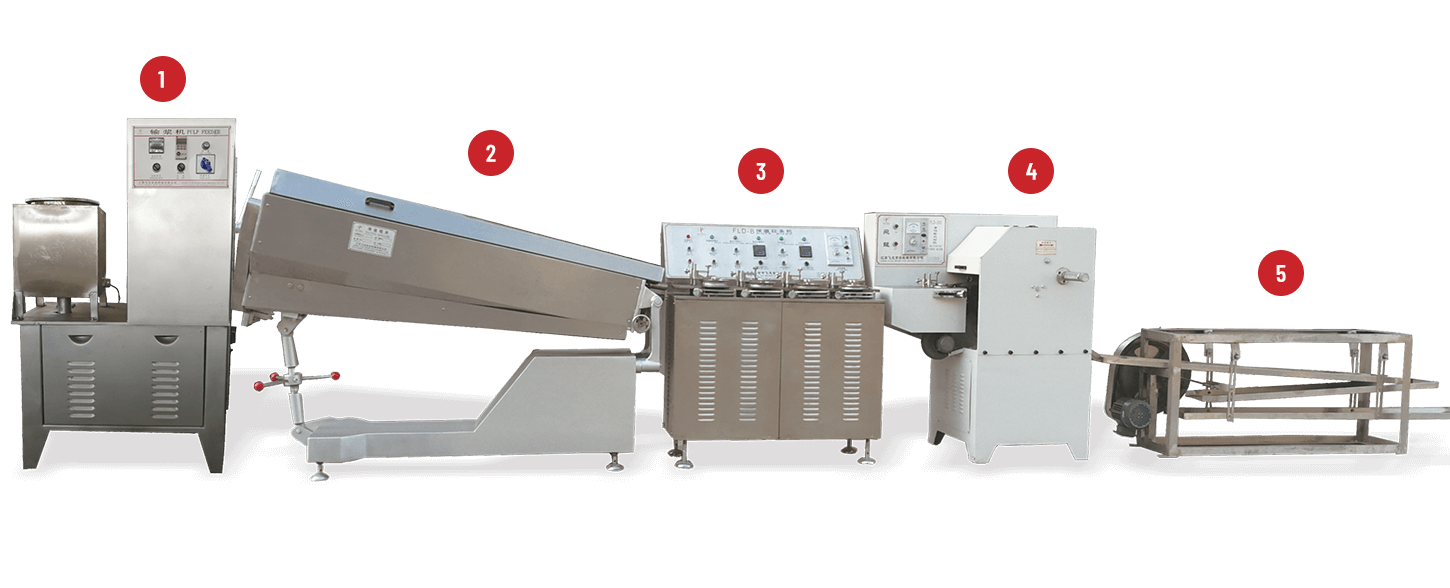
 +86-(0)515-8465666
+86-(0)515-8465666 +86-(0)515-85566996
+86-(0)515-85566996 +86-138 1559 9708
+86-138 1559 9708 flyloong@flyloongcn.com
flyloong@flyloongcn.com 
 Home
Home